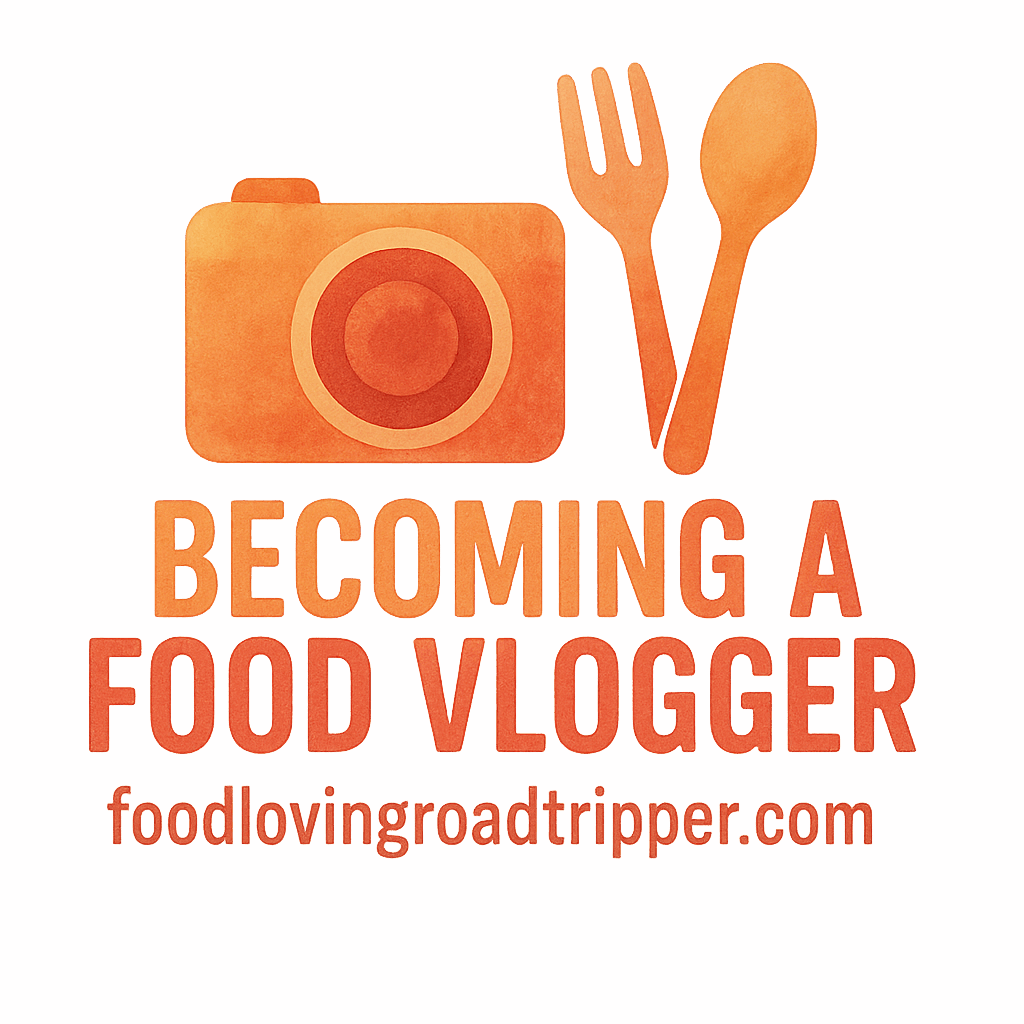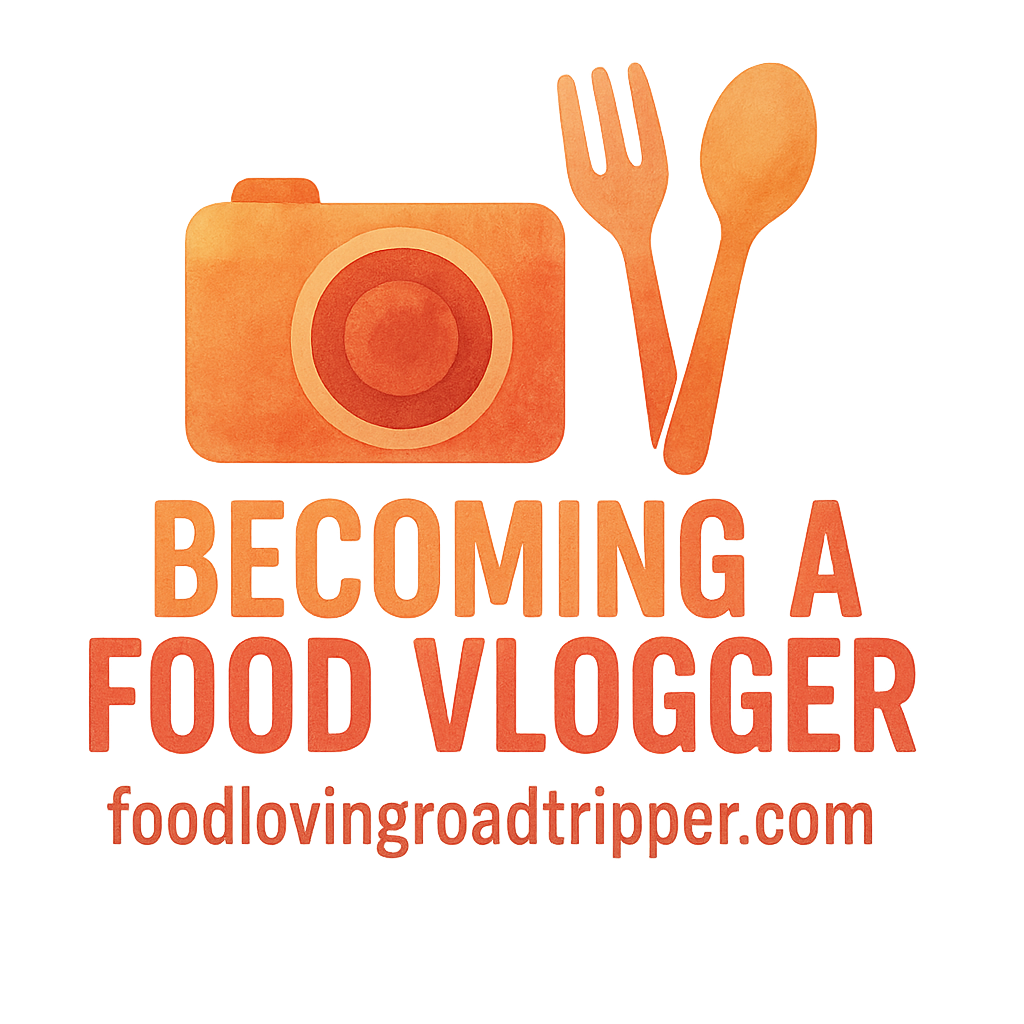Introduction: Why Recipe Videos Are So Popular
If you’re looking to break into the world of food vlogging, recipe videos are your golden ticket. Not only are they incredibly engaging, but food videos also have a special way of attracting audiences. From sharing delicious dishes to showing off your unique cooking style, recipe videos have the potential to gather a loyal following. But creating a food video isn’t just about throwing ingredients together and hitting record. If you want to stand out, you need to learn some recipe video hacks that can elevate your content and keep your viewers coming back for more.
In this article, we’ll walk you through 10 recipe video hacks every new food vlogger should know. Whether you’re just starting or looking to level up your content, these tips will help you create engaging and professional-looking videos that will grab your audience’s attention.
Hack #1: Invest in Good Lighting
Importance of Proper Lighting
Lighting is the single most important aspect of any video production, and this is especially true for recipe videos. No matter how great your recipe or presentation is, poor lighting can make everything look unappealing. Good lighting ensures that every dish you make looks vibrant, fresh, and mouth-watering.
Types of Lighting You Can Use
There are two main types of lighting: natural lighting and artificial lighting.
- Natural Lighting: Using sunlight is one of the best options for beginners. It’s free and can give your video a warm, soft look. But it requires good timing, as it depends on the time of day.
- Artificial Lighting: If you want more control, you might need some studio lights or softboxes. These lights can be positioned to highlight your food in the best way possible.
Natural vs. Artificial Lighting
- Natural Lighting is perfect for capturing a fresh, organic feel. However, it can be inconsistent, and you’re at the mercy of the weather and the time of day.
- Artificial Lighting can help you maintain consistent lighting and gives you the flexibility to film at any time of day. Just be sure to use soft, diffused lighting to avoid harsh shadows.
For more tips on lighting and equipment, check out our equipment tools guide.
Hack #2: Keep Your Equipment Simple
Essential Tools for Beginners
If you’re a new food vlogger, don’t get caught up in the need for expensive equipment right away. Start with what you have, and build up as you go. The essential tools include:
- Smartphone or camera with HD capability
- Tripod (to avoid shaky footage)
- Microphone (for better sound quality)
- Editing software (more on that later)
For a more comprehensive guide to the gear you need, check out Getting Started.
Avoid Overcomplicating Your Setup
You don’t need to go overboard with your gear. Many professional food vloggers use just a smartphone and a basic tripod. A good setup will make your cooking process easy and stress-free.
DIY Alternatives for Expensive Equipment
You don’t need to spend a fortune on gear. A makeshift tripod, homemade lighting solutions, or a second-hand camera can work wonders. Sometimes, a little creativity goes a long way.
Hack #3: Plan Your Shots in Advance
Storyboarding Your Recipe
Planning your shots is crucial. Before you even start filming, it helps to create a storyboard—a visual plan of the scenes you want to shoot. This helps ensure you don’t miss any key moments and keeps your video organized.
Using Multiple Angles for Visual Interest
Switching up the angles during your video helps keep things dynamic. Don’t just film everything from one angle. Try overhead shots of your chopping board, close-ups of the food, or even a side view of your cooking process. These different angles add visual appeal and give the audience a better sense of the recipe steps.
For more on creating dynamic and engaging content, visit our Content Creation Tips.
Hack #4: Edit with Purpose and Precision
Importance of Editing for Engagement
Editing is where your recipe video truly comes together. It’s your chance to enhance your story, remove mistakes, and create a smooth viewing experience. Without editing, your video might feel clunky or rushed.
Editing Software for Beginners
There are tons of editing software options available, even for beginners:
- iMovie (for Mac users)
- Windows Movie Maker (for Windows users)
- DaVinci Resolve (free version available for both Mac and Windows)
For more on editing tools and software, check out Editing Tips.
Free vs. Paid Editing Software
While free software can do the job, paid editing tools often offer more advanced features like special effects, better audio controls, and color grading options.

Hack #5: Use Close-up Shots for Detailing
Why Close-ups Matter
Close-up shots are essential for recipe videos. It’s the best way to show your audience the textures, colors, and small details of your cooking. Whether it’s a golden crust on a pie or the vibrant layers of your salad, close-ups make your video feel more immersive.
How to Capture the Perfect Close-up
Use a macro lens or simply get closer to the food. Be mindful of lighting and focus on the details that will make the food look irresistible. A slight zoom can also work wonders!
Hack #6: Utilize Time-Lapse and Slow Motion
Engaging Your Audience with Creative Effects
Time-lapse and slow-motion are excellent ways to add visual interest. They allow you to condense long processes like cooking or boiling down ingredients into something fast and captivating. On the flip side, slow-motion can highlight delicate moments, such as cheese melting or sauce pouring.
When to Use Time-Lapse and Slow Motion
Use time-lapse for long processes like simmering or rising dough, and slow-motion for dramatic moments like pouring syrup or cutting into your creation.
For tips on growth and engagement, visit our Growth Marketing Tips.
Hack #7: Add Music to Enhance the Mood
Selecting the Right Music for Your Recipe Video
Music can set the entire tone of your video. Whether you want to convey excitement, relaxation, or sophistication, the right background track can elevate your recipe video. Always make sure the music complements the vibe of your food.
Where to Find Royalty-Free Music
You don’t want to run into copyright issues, so always use royalty-free music. Websites like Epidemic Sound, Artlist, and YouTube’s Audio Library offer great options for food vloggers.
Hack #8: Make Your Recipe Video Interactive
Using Call-to-Action Statements
Encourage your audience to interact with your video by including call-to-action (CTA) phrases. Ask them to comment on their favorite recipe, like the video if they enjoyed it, or share it with friends.
Engaging with Your Audience on Social Media
Another great way to boost interactivity is by promoting your videos on platforms like Instagram, Twitter, and Facebook. Share behind-the-scenes footage, cooking tips, or sneak peeks of your next video.
Incorporating Viewer Suggestions
Let your audience feel involved by incorporating their suggestions into your recipes. This not only makes them feel valued but can also spark new video ideas.
For tips on engaging with your community, visit Social Media Tips.
Hack #9: Keep Your Videos Short and Sweet
Why Shorter Videos Perform Better
Attention spans are shorter than ever. Viewers tend to appreciate recipe videos that get straight to the point. Aim to keep your videos around 5 to 7 minutes. You can always make longer videos for more detailed recipes or tips.
The 5-Minute Rule for Recipe Videos
A good rule of thumb for recipe videos is to keep them under 5 minutes unless absolutely necessary. Shorter videos have higher engagement rates, as they’re quick and easy to consume.
How to Cut Unnecessary Steps
To avoid making your video too long, trim out repetitive steps or over-explained instructions. Keep it moving!
For more tips on creating shorter, more engaging content, check out Growth Marketing.
Hack #10: Stay Consistent with Your Video Uploads
Creating a Consistent Posting Schedule
One of the most important elements of growing your channel is consistency. Create a posting schedule and stick to it. Whether you post once a week or biweekly, make sure your audience knows when to expect your next recipe.
Why Consistency Matters for Growth
Consistency helps build trust with your audience. The more often you post, the more likely your audience will stick around and engage with your content.
For help with monetizing your channel, check out Monetization Tips.
Conclusion: The Key to Becoming a Successful Food Vlogger
In the competitive world of food vlogging, standing out requires creativity, skill, and a bit of technical know-how. By following these 10 recipe video hacks, you’ll be able to produce high-quality videos that engage, entertain, and educate your viewers.
Remember, consistency and creativity are key! Stick to your unique style, continue improving, and most importantly, have fun with it!
FAQs
- Do I need expensive equipment to start food vlogging?
No! Start simple, using your smartphone and basic tools like a tripod and lighting. You can upgrade later as you gain experience. - What software should I use for editing my food videos?
Beginners can start with free software like iMovie or DaVinci Resolve, while advanced users might prefer Adobe Premiere Pro. - How long should my food vlogs be?
Aim for 5 to 7 minutes. Short videos tend to perform better, but longer content works for more detailed recipes. - What kind of lighting is best for food vlogs?
Soft, diffused lighting is ideal. You can use natural light or purchase softboxes for more controlled lighting. - Should I add music to my food videos?
Yes! Music can enhance the mood of your video. Just make sure to use royalty-free music to avoid copyright issues. - How can I make my food vlogs more engaging?
Use multiple camera angles, add interactive CTAs, and engage with your audience on social media. - How can I grow my food vlogging channel?
Consistency is key! Create a regular posting schedule, optimize your videos for SEO, and interact with your audience to build a loyal community.
Tanya ChatGPT


